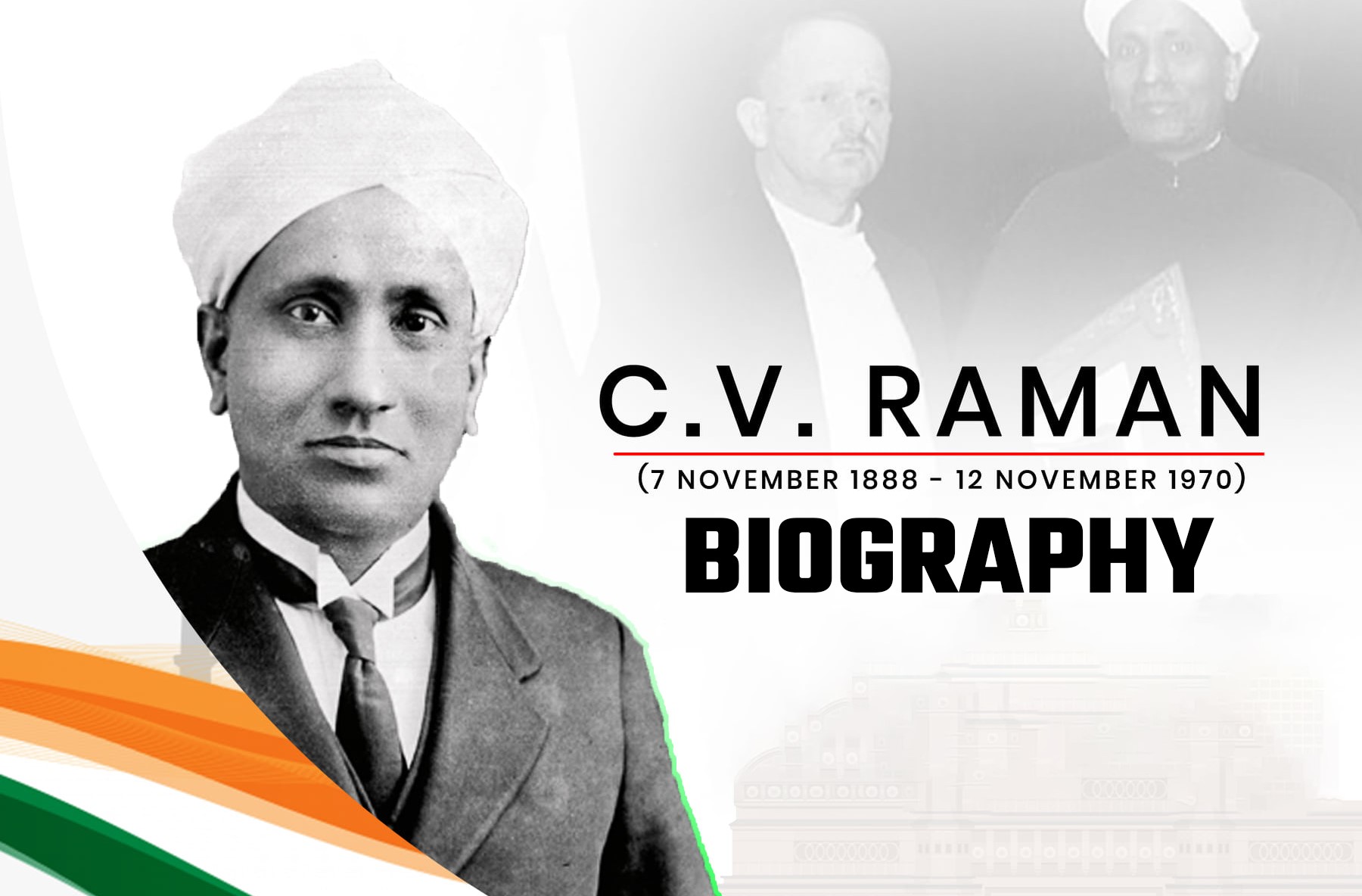The wonder child of Indian physics: Who is Chandrasekhara Venkata Raman?
He received the Knight Bachelor's degree in 1929, the Nobel Prize in Physics in 1930, the Bharat Ratna in 1954, and the Lenin Peace Prize in 1957. He trained hundreds of Indian students who carried out important scientific work both inside and outside the country.

Chandrasekhara Venkata Raman is an Indian Physicist born on 7 November 1888. Raised under the influence of his father, a professor of physics, Raman received all his education in Indian schools and graduated from the University of Madras at the age of 16.
At the age of 19, he received his master's degree with a very good thesis. He started working in the public sector. Raman was doing scientific research in his spare time. He was among the founders of the "Union for the Dissemination of Science" held in 1909.
Sir Chandrasekhara Venkata Raman FRS (7 November 1888 – 21 November 1970) was an Indian physicist known for his work in the field of light scattering. Using a spectrograph that he developed, he and his student K. S. Krishnan discovered that when light traverses a transparent material, the deflected light changes its wavelength and frequency. This phenomenon, a hitherto unknown type of scattering of light, which they called "modified scattering" was subsequently termed the Raman effect or Raman scattering. Raman received the 1930 Nobel Prize in Physics for the discovery and was the first Asian to receive a Nobel Prize in any branch of science.
His works, especially his thoughts, attracted the attention of Calcutta University officials and he became a professor at the age of 29. He is known for his research on the scattering of light and his invention of the "Raman Effect".
Chandrasekhara Venkata Raman, who received the Knight Degree in 1929, the Nobel Prize in Physics in 1930, the Bharat Ratna in 1954, and the Lenin Peace Prize in 1957, further intensified his efforts for the dissemination of science and educated hundreds of Indian students who carried out important scientific work both inside and outside the country.
He passed away on November 21, 1970.
